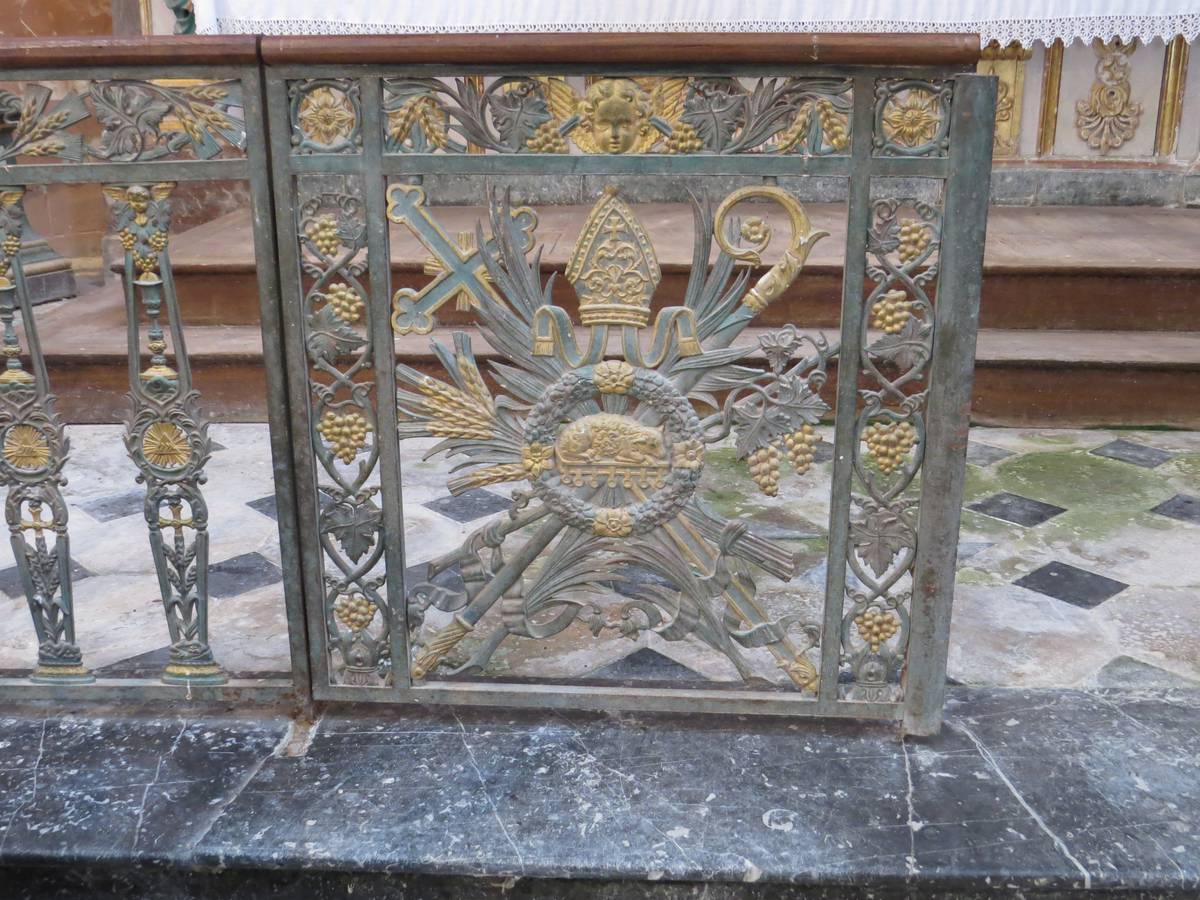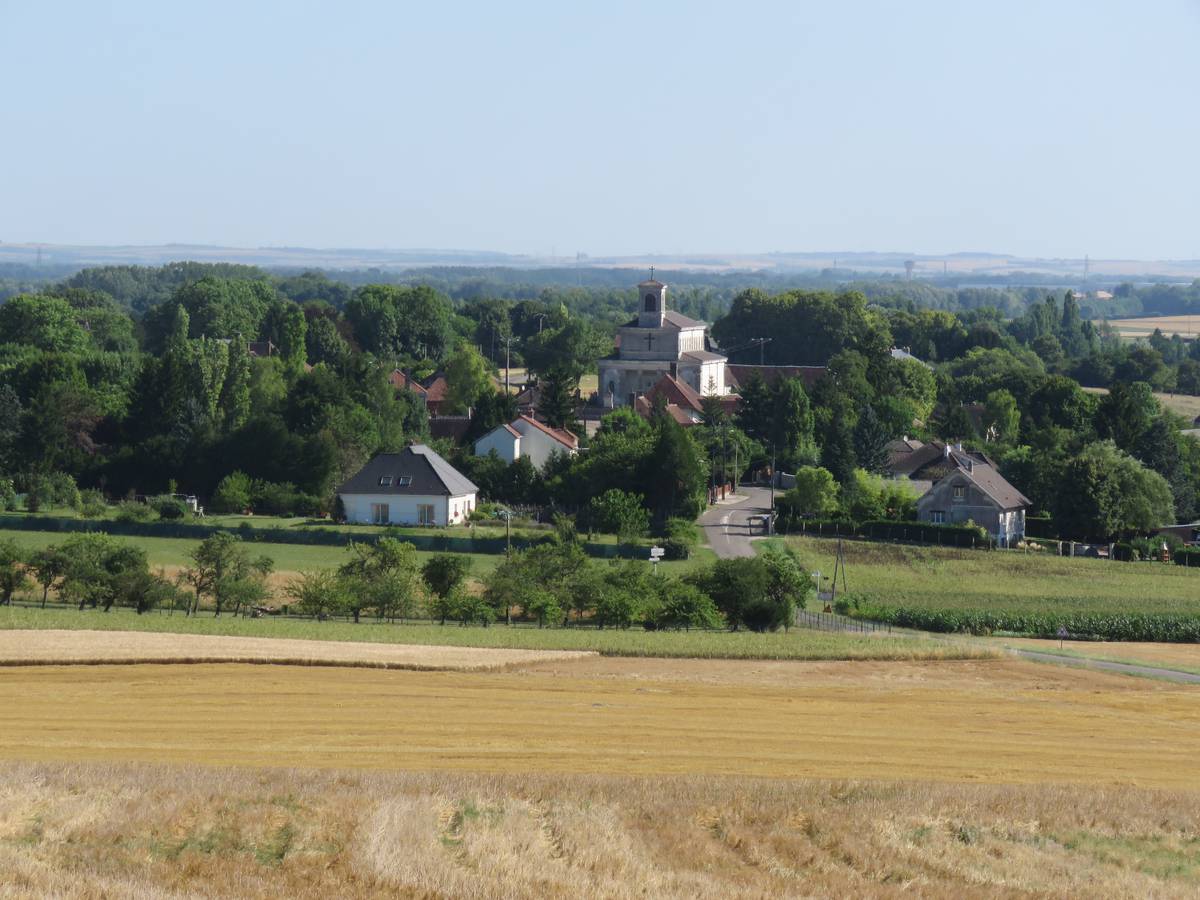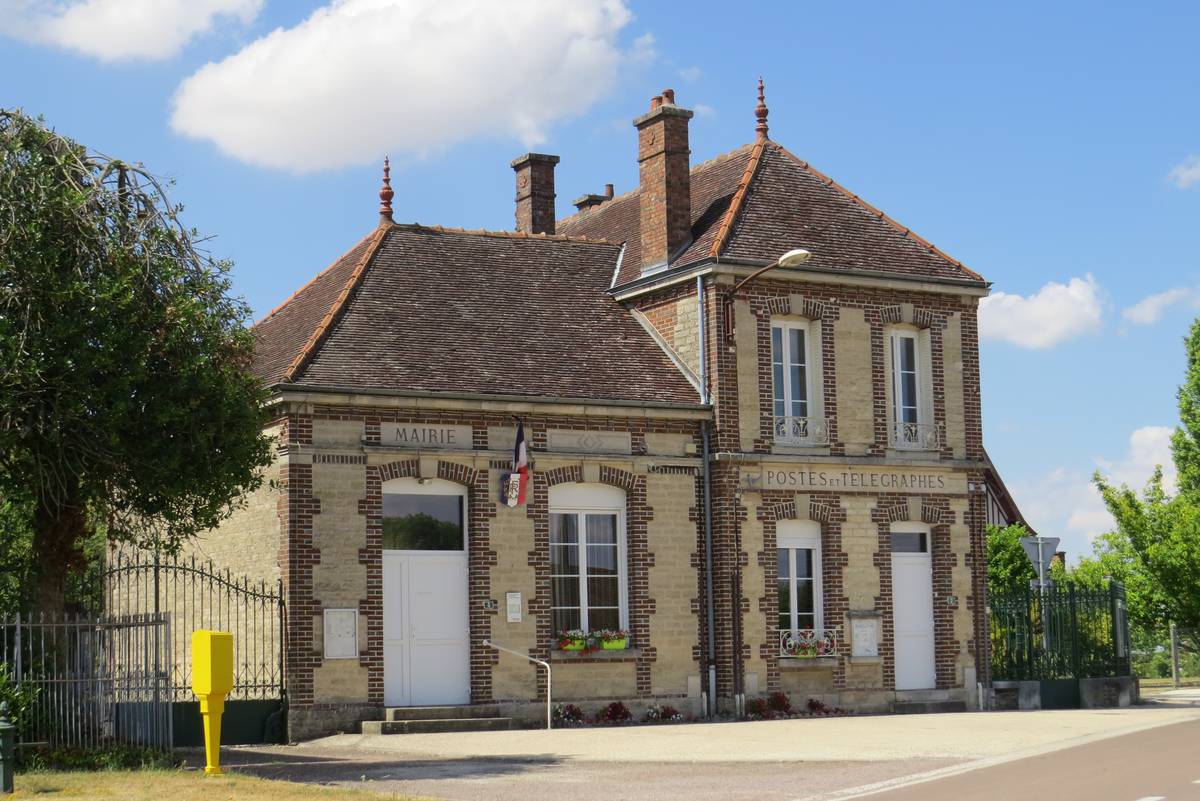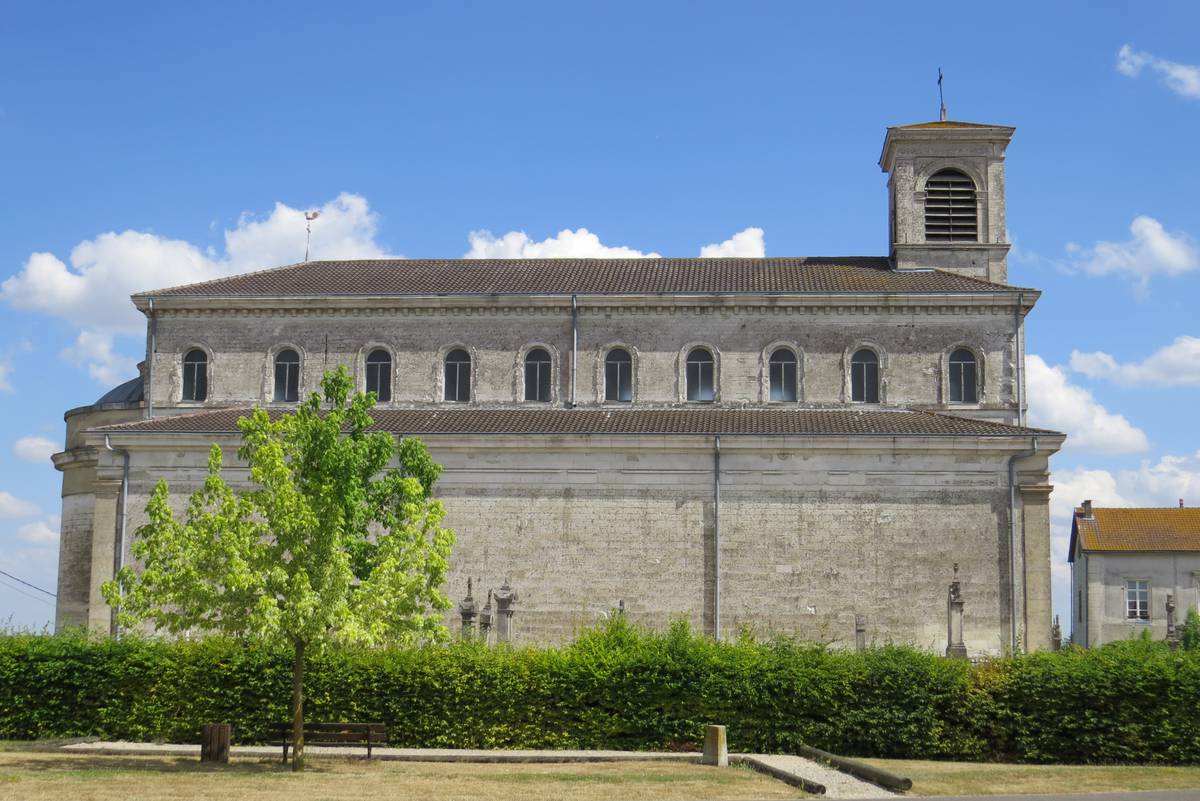This commune covers nearly 6km² and has around 350 inhabitants who are known as ‘Bonnevalois’. It is located 20km south-west of Troyes. Reached via the D25, D108 or the D123, it is 13 minutes from junction 21 (Saint-Thibault) of the A5 from Paris.
The verdant village of Saint-Jean-de-Bonneval is surrounded by the fields of the Auboise countryside. The nursery and primary school in the village is for children from Saint-Jean-de-Bonneval, Assenay and Villery. There is a thriving community in the village and people fall in love with its rural charm.
The church of Saint-Jean-Baptiste was built between 1826 and 1830 on the site of the previous church that collapsed in 1818. The 19th century often took inspiration from the past, and here it made use of the main elements of Roman basilicas.
A single nave, with aisles separated from the nave by Tuscan columns, and small high windows in the upper level, help to conjure up the feel of a Roman basilica. Although the exterior appears simple and austere, the interior draws you in. Part of the church furnishings are classified as objects considered to be historic monuments, including a 16th-century polychrome gilded limestone statue of St Nicholas, and two late 16th-century or early 17th-century statues using the same techniques and depicting Sainte Syre and the Madonna and Child.
Two reliquary statuettes are also part of this collection, one of John the Baptist and the other a Madonna and Child, both made of oak and polychrome imitation marble, and dating from the 18th century.
Next to the church, an obelisk surrounded by four artillery shells commemorates the victims of the First World War. An engraved plaque remembers one Bonnevalais who died in the Second World War.
To the north of the village at the crossroads of the D25 and the D108, there is a wayside cross consisting of a stepped base and a plinth with four skulls at the corners, four carved angels and a small altar resting on two pillars.
This is all made of limestone and supports a cast iron cross. On the base, two angels hold a scroll whilst the other two hold the inscription IHS – Jesus Saviour of Mankind.
To the east of the village in Rue des Maugres, Saint-Jean-de-Bonneval’s brick wash house witnesses to the daily lives of the Bonnevalois between the second half of the 19th century and the first half of the 20th century.
TO FIND OUT MORE
>>> Accomodation
>>> Shops and Services





